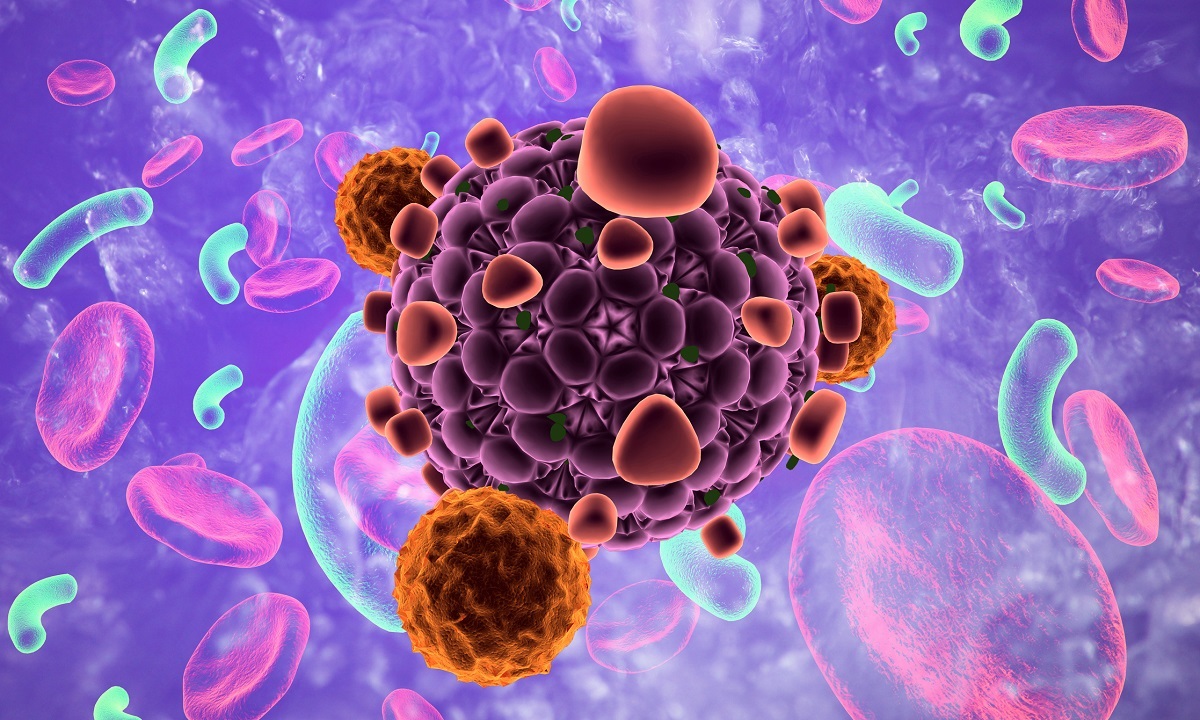KEY TAKEAWAYS
- The study aimed to evaluate β2M as a prognostic marker in DLBCL and its integration into existing prognostic models.
- Researchers noted that β2M’s inclusion could enhance the discriminatory power of NCCN-IPI in the rituximab era; further investigation is ongoing.
Several clinical prognostic models for diffuse large B-cell lymphoma (DLBCL) have been proposed, including the most commonly used International Prognostic Index (IPI), the National Comprehensive Cancer Network IPI (NCCN-IPI), and models incorporating beta-2 microglobulin (β2M). However, the role of β2M in DLBCL patients is not fully understood.
Jelena Jelicic and the team aimed to assess the prognostic significance of β2M in DLBCL patients, focusing on its potential to enhance the predictive accuracy of existing prognostic models.
They performed an inclusive analysis using data from the Danish Lymphoma Registry, identifying 6075 patients with newly diagnosed DLBCL treated with immunochemotherapy.
The study identified 3232 patients with data available to calculate risk scores from each of the 9 considered risk models for DLBCL, including a model developed from their population. Then 3 of 4 models with β2M and NCCN-IPI performed better than the (IPI, age-adjusted IPI, and revised IPI).
The 5-year overall survival (OS) for high- and low-risk patients were 43.6% and 86.4% for IPI and 34.9% and 96.2% for NCCN-IPI. In univariate analysis, higher levels of β2M were associated with inferior survival, higher tumor burden (advanced clinical stage and bulky disease), previous malignancy and increased age, and creatinine levels.
Furthermore, they developed a model (β2M-NCCN-IPI) by adding β2M to NCCN-IPI (c-index 0.708) with improved discriminatory ability compared to NCCN-IPI (c-index 0.698, P < 0.05) and 5-year OS of 33.1%, 56.2%, 82.4%, and 96.4% in the high, high-intermediate, low-intermediate, and low-risk groups, respectively.
The study concluded that β2M, as a readily available marker, has the potential to enhance the discriminatory performance of NCCN-IPI in the rituximab era. Its re-evaluation in future DLBCL prognostic models is warranted to improve risk stratification accuracy.
No funding information was given.
Source: https://pubmed.ncbi.nlm.nih.gov/38888359/
Jelicic J, Juul-Jensen K, Bukumiric Z, et al. (2024). “Revisiting beta-2 microglobulin as a prognostic marker in diffuse large B-cell lymphoma.” Cancer Med. 2024 Jun;13(12):e7239. doi: 10.1002/cam4.7239. PMID: 38888359; PMCID: PMC11184650.



